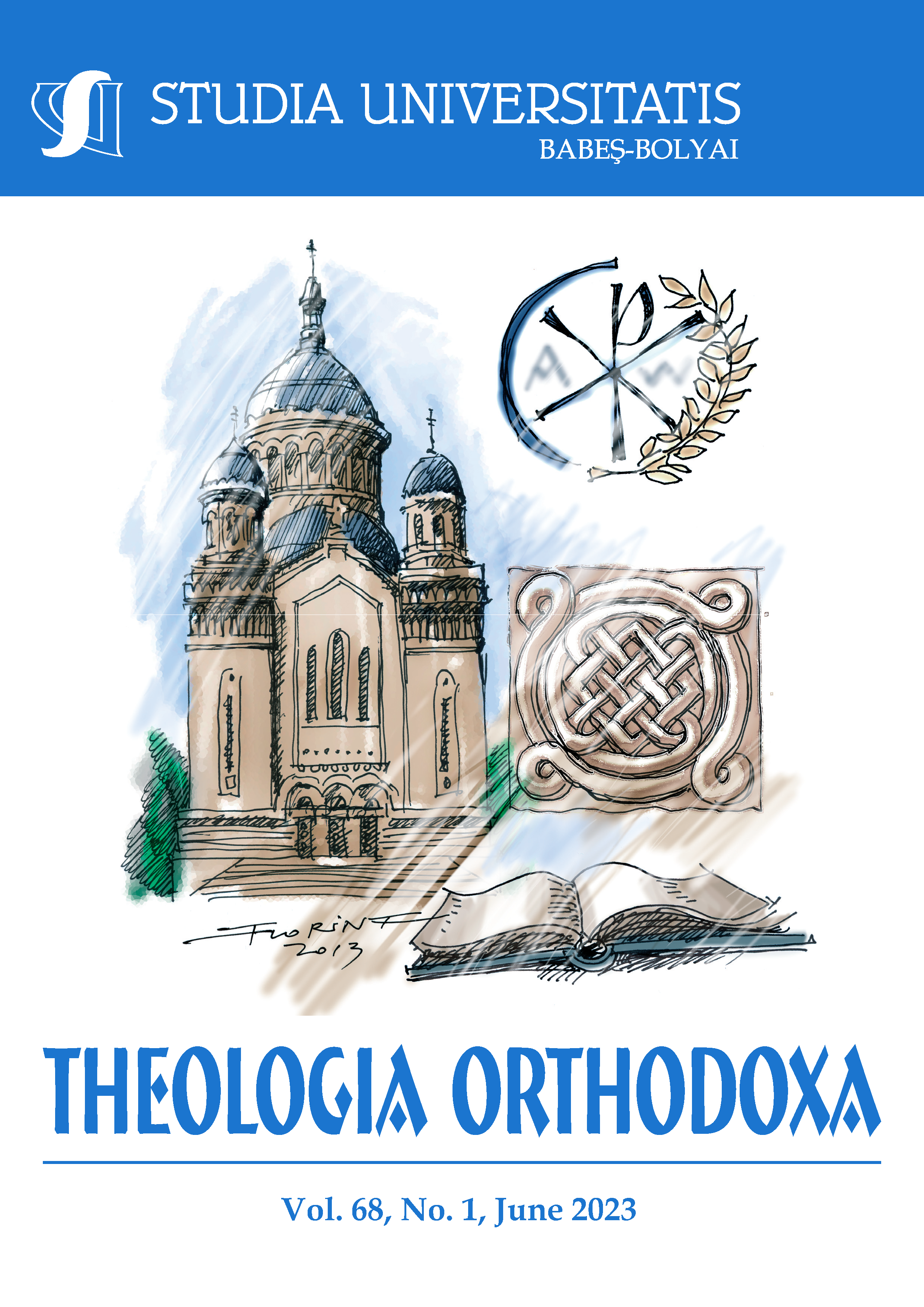ORTHODOX MONASTIC EXPERIENCE AND HERMITIC PRACTICE IN THE POLISH-LITHUANIAN COMMONWEALTH
ORTHODOX MONASTIC EXPERIENCE AND HERMITIC PRACTICE IN THE POLISH-LITHUANIAN COMMONWEALTH
Author(s): Taisiya LeberSubject(s): 16th Century, 17th Century, Biblical studies, Pastoral Theology, History of Religion
Published by: Studia Universitatis Babes-Bolyai
Keywords: Manjava skete; Mount Athos; Polish-Lithuanian Commonwealth; Moldavia; Muscovy; heremit; female patrons; monastic rules;
Summary/Abstract: This paper is dedicated to a famous Ukrainian monastic saint – Jov Knjahynyc’kij (ca. 1550–1621), a founder of Manjava Skete (also known as the Great Skete) in the Carpathian Mountains, an Orthodox monk, who spent a big part of his life en route between the Polish-Lithuanian Commonwealth, Mount Athos, Moldavia, and Muscovy. His itinerary can be reconstructed on the basis of his Vita, which was composed probably soon after his death. Its author is known as hieromonk Ignatij from Ljubarov. The Vita was published in 1860 by Anthony Petrushevych (1821–1913), a Ukrainian historian and linguist. It was also Petrushevych, who edited the most important sources for the early history of the Manjava Skete – the Spiritual Testament by Theodosius as well as the monastic rule of the skete. Already the first monograph on the history of Manjava Skete, from its establishment in 1611 until its closure in 1785 by Julian Celevič (1843–1892), was based on Petrushevych’s editions. The translation of Jov’s Vita and of the spiritual testament of Theodosius into English was prepared in a critical edition with commentaries by Sophia Senyk.
Journal: Studia Universitatis Babes-Bolyai - Theologia Orthodoxa
- Issue Year: LXVIII/2023
- Issue No: 1
- Page Range: 129-146
- Page Count: 18
- Language: English

